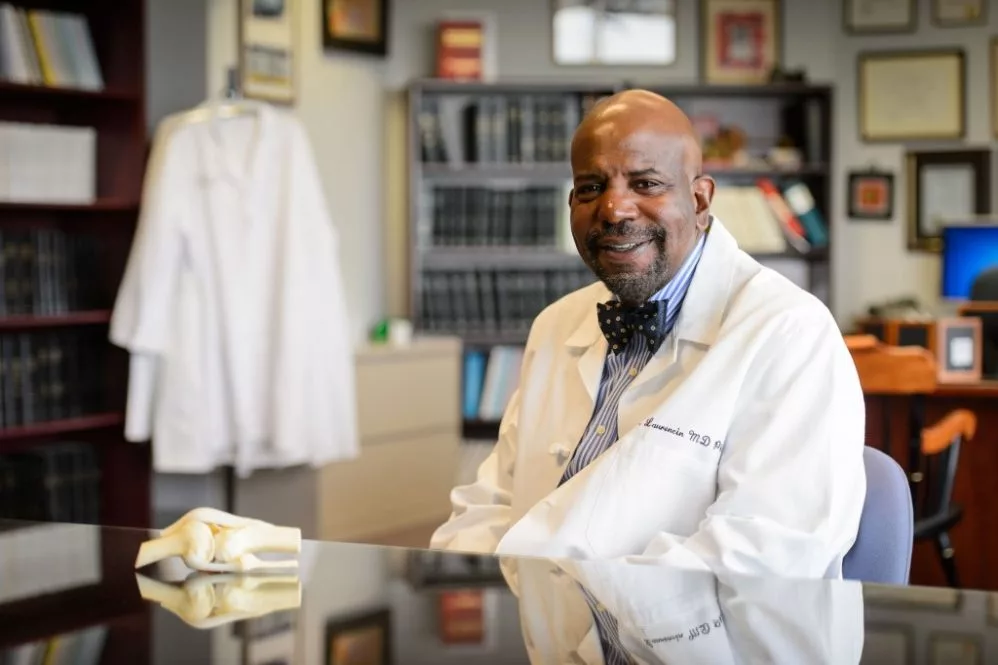A torn rotator cuff can be debilitating enough on its own, but unfortunately once such an injury has occurred, it's more likely to happen again. An experimental new mesh could help keep that from happening, thanks to tiny pieces of graphene.
In a typical rotator cuff injury, one or more of the tendons which connect the shoulder muscles to the head of the humerus (upper arm bone) get partially or fully torn. In severe cases, the tendon can be surgically repaired. According to the University of Connecticut's Dr. Cato Laurencin, however, such procedures are often only a short-term solution.
"The real problem is that the muscle degenerates and accumulates fat," he said. "With a tear, the muscle shrinks, and the body grows fat in that area instead. When the tendon and muscle are finally reattached surgically to the shoulder bone, the weakened muscle can’t handle normal stresses and the area can be re-injured again."
With that problem in mind, Laurencin collaborated with grad student Nikoo Shemshaki and colleagues to create a therapeutic mesh that could be surgically embedded in the affected shoulder muscle, after the injury has occurred.
The resulting electroconductive mesh is composed of aligned poly(l-lactic acid) (PLLA) nanofibers, infused with graphene nanoplatelets. PLLA is a biocompatible, biodegradable polymer already used in medical applications, while graphene is an ultra-thin, highly conductive material consisting of one-atom-thick sheets of linked carbon atoms.

When the researchers attempted to grow muscle tissue on samples of the mesh in a petri dish, the mesh appeared to encourage the growth of myotubes (precursors to muscle fibers) and to discourage fat formation. More importantly, when the mesh was placed in the atrophied shoulder muscles of rats with chronic rotator cuff injuries, the muscles grew back instead of being replaced with fat.
Dr. Laurencin told us that the graphene nanoplatelets were responsible for these responses, as they were found to increase intracellular calcium content (which plays a key role in boosting muscle cell growth) within the myotubes, plus they decreased adipogenesis (which is the generation of fat) in the stem cells which were used to grow the myotubes.
"This is really a potential breakthrough treatment for tears of the rotator cuff," he said. "It addresses the real problem: muscle degeneration and fat accumulation."
Trials on larger animal models are now being planned. The research is described in a paper that was recently published in the journal Proceedings of the National Academy of Sciences.
Source: University of Connecticut




